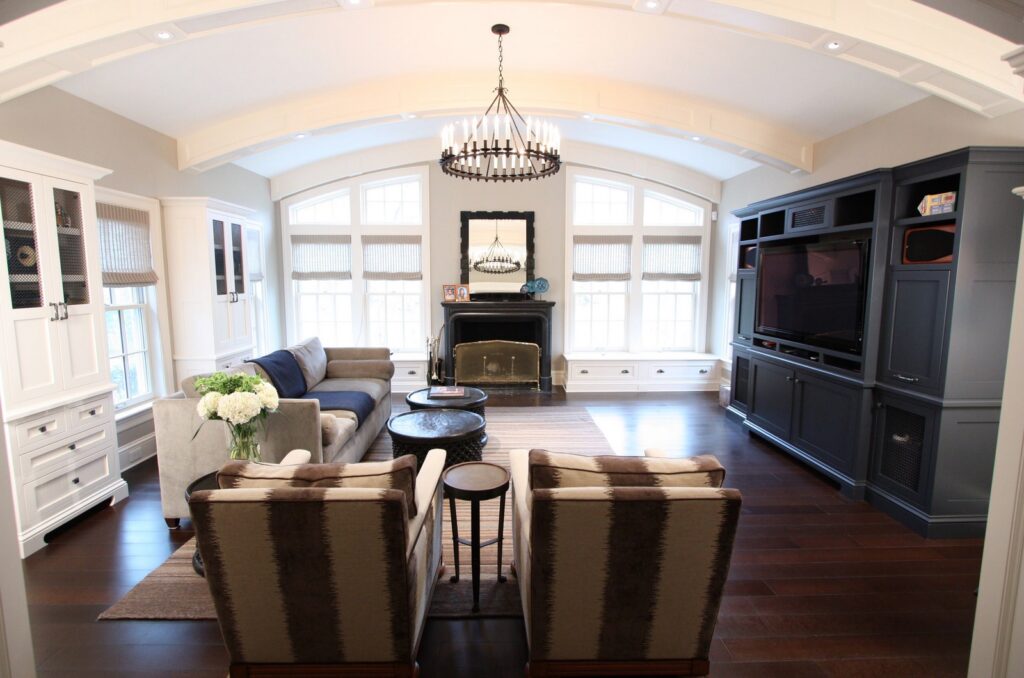Aging in place is a term that is gaining popularity these days. It means staying in your own home as you grow older, rather than moving to a retirement home or an assisted living facility. But as we age, our needs and abilities change. And so, our homes must change as well. That’s where aging in place remodeling comes in. It involves making modifications to your home to make it safer, more comfortable, and more accessible as you age.
Aging in place remodeling is important for several reasons. First, it helps seniors maintain their independence. Being able to live in your own home, and take care of yourself, is a huge boost to your self-esteem and quality of life. Second, it can be more cost-effective than moving into a retirement home or assisted living facility. Lastly, it allows you to stay in a familiar environment, surrounded by your own belongings and memories.
So, what are the key areas to focus on when remodeling your home for aging in place? Let’s take a look.
Aging in Place Home Renovation Key Areas
Entrance and Exit
The first thing to consider is how you will get in and out of your home. If you have stairs leading up to your front door, you may want to consider installing a ramp or a stair lift. Also, make sure that all entry doors are wide enough to accommodate a wheelchair or a walker.
Bathroom
The bathroom is one of the most dangerous rooms in the house for seniors. Slippery surfaces, high tub edges, and low toilets can all pose a risk. Consider installing grab bars near the toilet and in the shower, a walk-in tub, and a raised toilet seat. Non-slip flooring is also a must.
Kitchen
The kitchen is another area that may need some modifications. Lowering countertops and cabinets can make it easier to reach things. Installing pull-out shelves and drawers can also help. Consider replacing knobs with lever-style handles, which are easier to grip.
Flooring
Tripping and falling are major concerns for seniors. Remove any trip hazards, such as area rugs or uneven flooring. Consider installing slip-resistant flooring throughout the house.
Lighting
As we age, our eyesight tends to decline. Make sure that your home is well-lit. Consider adding more lighting fixtures, or increasing the wattage of the bulbs you are using. Motion-sensor lights can also be helpful.
Handrail
Install handrails on both sides of any staircases. Also, consider adding handrails in hallways and other areas where you may need extra support.
Doorways
Make sure that all doorways are wide enough to accommodate a wheelchair or a walker. If necessary, consider widening the doorways.
Accessibility
Consider the layout of your home. Are there any rooms that are difficult to access? Are there any obstacles that need to be removed? Consider rearranging furniture or removing any unnecessary items to create a clear path.
Aging in Place Bathroom Design Ideas
Move the Bathroom to the Main Level
Move your bathroom to the main level. This change eliminates the risk of climbing stairs. You can access it easily, whether you use a wheelchair, walker, or cane. If you can’t move the bathroom, think about installing a chairlift or elevator.
Create More Space
Consider future needs. You or your loved ones might use a wheelchair or walker later. When remodeling your bathroom, ensure it has enough space. This includes space to move around the toilet, enter the shower, and use the sink. Photo by CARNEMARK design.
Change Your Toilet’s Height
Use a toilet riser to raise your toilet by 3.5 inches. Or, replace your toilet with a 16 to 18-inch comfort height model. This makes it easier to use without fearing falls.
Opt for a Curbless Shower
Choose a curbless shower for universal access. It reduces tripping risks. No barriers to step over.
Include a Shower Bench
A shower bench is essential for aging in place. If you need to sit during a shower, it’s safe. Customize it to fit your needs.
Select Adjustable Shower Heads
Install an adjustable or hand-held shower head. It promotes safe bathing. You can modify its position and spray type. Alternatively, consider a rain shower head, especially if you sit during showers.
Modify Vanity and Sink Height
Lower your vanity’s height for wheelchair access. Ensure there’s enough space underneath for easy wheelchair use. Photo by Archipelago Hawaii Luxury Home Designs.
Install Grab Bars
Use grab bars for safety. They prevent falls when you enter the shower or use the toilet. They can also hold towels or robes. Place one outside your shower, inside the shower, and near the toilet. Each should support 250-300 pounds.
Pick Textured Flooring
Choose textured flooring to reduce slipping risks. Rubber, cork, or bamboo offer high slip resistance. It’s a wise choice as you age in your home.
Consult With a Aging in Place remodeler
These are just a few of the many things to consider when remodeling your home for aging in place. It’s always a good idea to consult with an aging in place remodeler who specializes in this type of remodeling. They can help you design a plan that will work for you and your unique needs.
Remember, the goal of aging in place remodeling is to create a home that is safe, comfortable, and accessible. With a little planning and some modifications, you can create a home that will serve you well for years to come.

